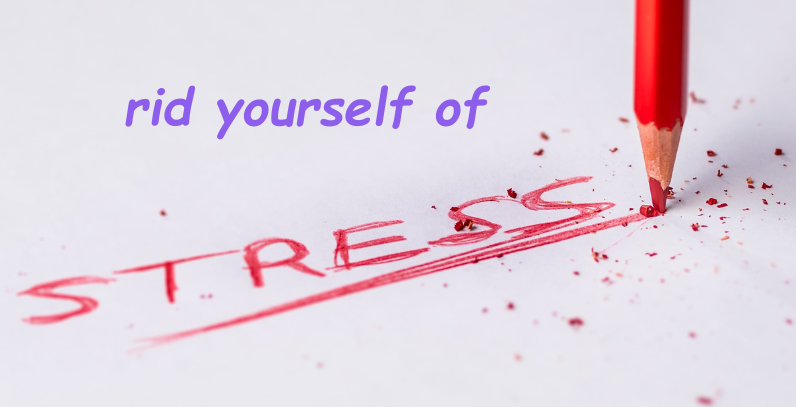Cultivating Happiness and Fulfillment
Positive Psychology- Cultivating Well-being and Happiness I. Positive Psychology Positive psychology is focused on studying and promoting the factors that contribute to human flourishing and happiness. Unlike traditional psychology, which often emphasizes pathology and dysfunction, positive psychology examines strengths,
Cultivating Happiness and Fulfillment Read More »






